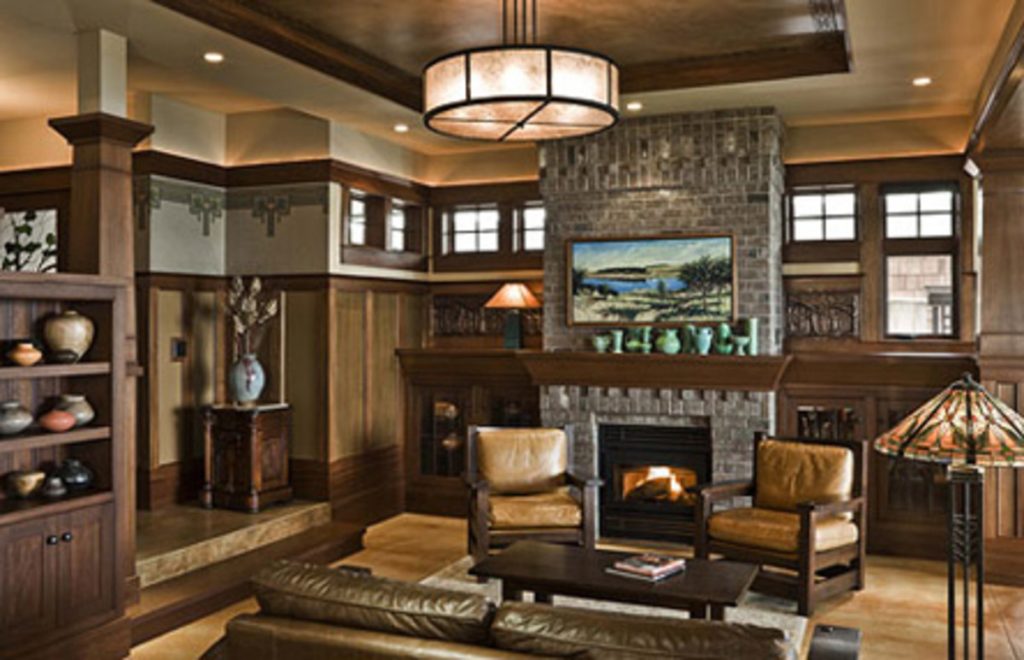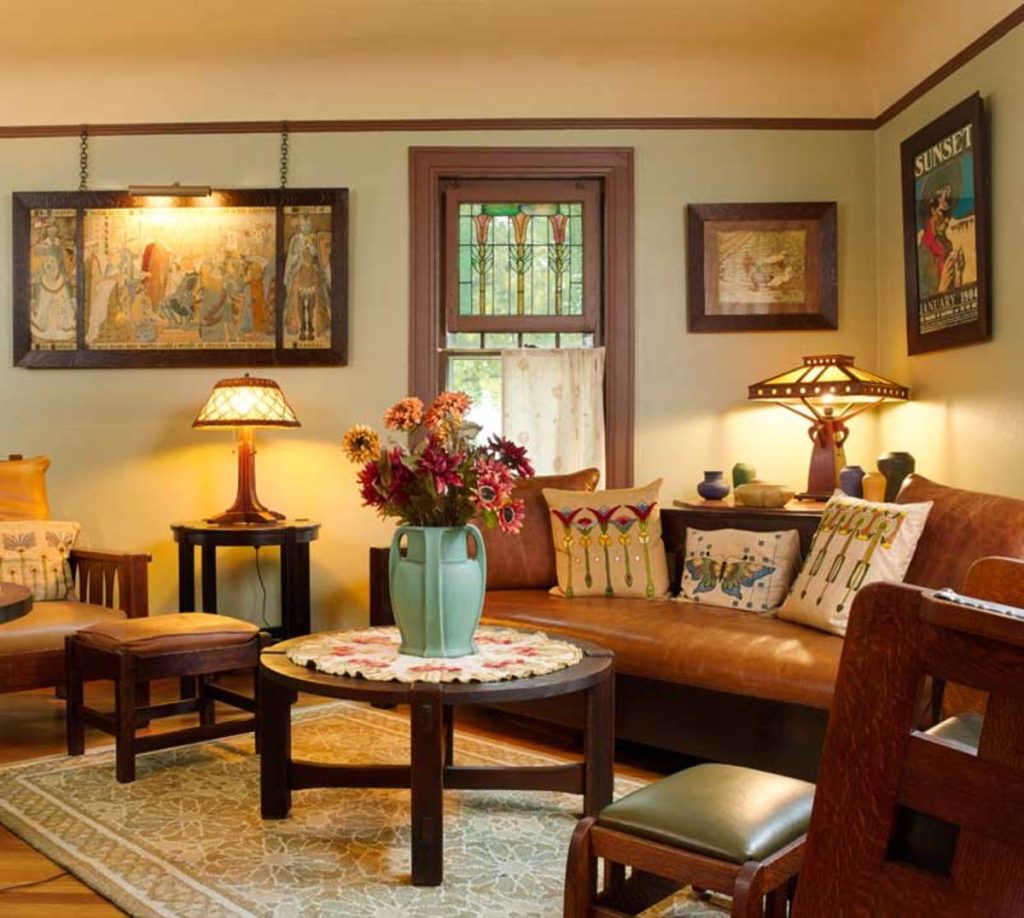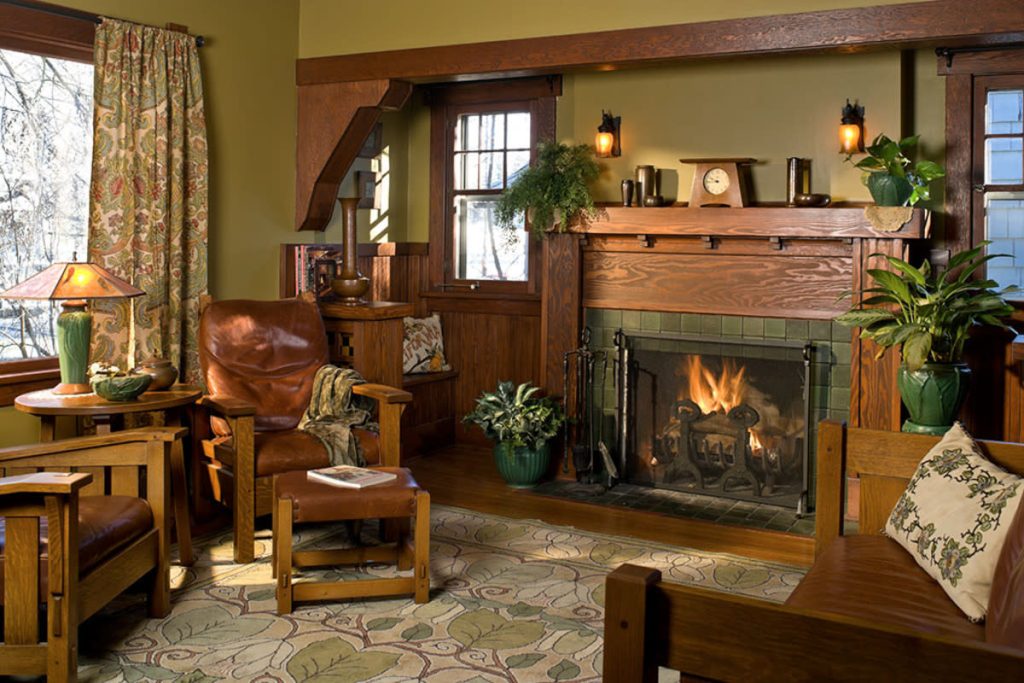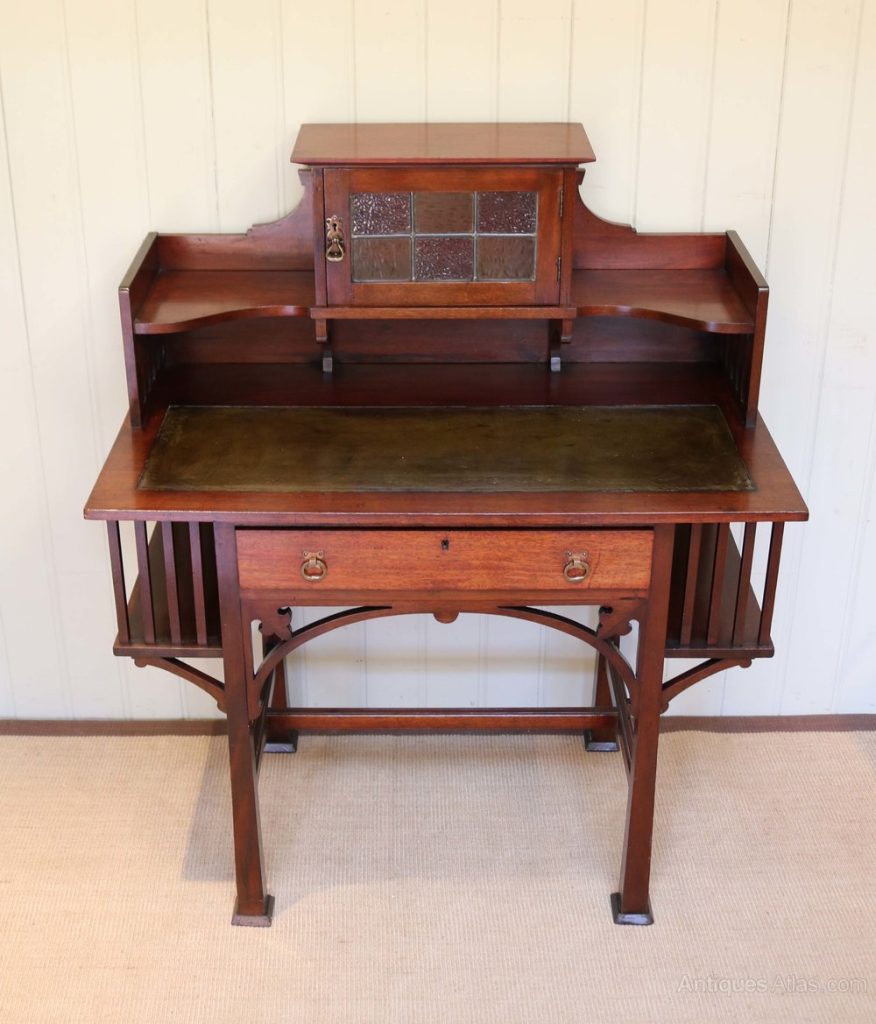I. Intro
A. Definition and significance of Arts and Crafts style furniture
Arts and Crafts style furniture emerged as a distinct and influential design movement in the late 19th and early 20th centuries. It is characterized by its emphasis on craftsmanship, simplicity, and the celebration of natural materials. Arts and Crafts style furniture holds significant importance in the history of design and continues to captivate homeowners, collectors, and artisans today.
B. The enduring appeal and timeless elegance of this furniture style
Arts and Crafts style furniture has an enduring appeal due to its timeless elegance. The emphasis on craftsmanship and the use of high-quality materials result in pieces that exude a sense of artistry and longevity. The clean lines, functional design, and natural aesthetics make Arts and Crafts furniture both versatile and aesthetically pleasing, fitting seamlessly into a wide range of interior design styles.

II. Origins and Influences of Arts and Crafts Style Furniture
A. Tracing the roots of the Arts and Crafts movement in furniture design
The Arts and Crafts movement arose as a response to the industrialization and mass production that characterized the Victorian era. Figures such as William Morris, Gustav Stickley, and Charles Rennie Mackintosh played significant roles in promoting the Arts and Crafts philosophy and influencing furniture design. They sought to revive the value of craftsmanship, advocate for the use of traditional techniques, and promote the beauty of handmade objects.
B. Examining the influence of nature, craftsmanship, and simplicity
Arts and Crafts style furniture drew inspiration from the beauty of the natural world. It celebrated the organic forms, intricate details, and inherent qualities of materials such as wood, metal, and glass. Craftsmanship was a central tenet of the movement, with an emphasis on handcrafted details and traditional joinery techniques. Simplicity in design was also valued, with an avoidance of excessive ornamentation in favor of clean lines and functional aesthetics.

III. Key Characteristics of Arts and Crafts Style Furniture
A. Emphasizing handcrafted details and high-quality materials
At the heart of Arts and Crafts style furniture is a dedication to craftsmanship. Each piece is meticulously crafted by skilled artisans, with an emphasis on precise joinery, attention to detail, and the use of high-quality materials. This commitment to handcrafted excellence ensures that every item is unique and showcases the skill and artistry of the maker.
B. Incorporating clean lines, geometric shapes, and functional design
Arts and Crafts style furniture features clean lines and geometric forms that create a sense of balance and harmony. The designs often prioritize functionality, with pieces serving a specific purpose while still maintaining an aesthetic appeal. The furniture is designed to be practical, comfortable, and enduring, without sacrificing beauty or elegance.
C. Celebrating the beauty of natural wood and joinery techniques
Arts and Crafts style furniture highlights the beauty of natural wood. The designs often showcase the grain patterns, texture, and warm tones of woods such as oak, mahogany, and cherry. Traditional joinery techniques, including mortise and tenon, dovetail, and finger joints, are utilized to create durable and visually appealing connections between different components.

IV. Design Elements and Features of Arts and Crafts Style Furniture
A. Showcasing distinctive joinery techniques such as mortise and tenon
One of the defining features of Arts and Crafts style furniture is the use of distinctive joinery techniques. Mortise and tenon joints, for example, are commonly employed to connect parts of a piece together, creating strong and durable connections. These visible joinery details serve both a functional purpose and add visual interest to the overall design.
B. Using rich, warm finishes to highlight the natural beauty of the wood
Arts and Crafts style furniture often features rich, warm finishes that enhance the natural beauty of the wood. This can include techniques such as staining, waxing, or oiling the wood to bring out its unique characteristics. The finishes provide protection while allowing the wood’s natural grain and color variations to shine.
C. Incorporating built-in storage and functional design elements
Functionality is a key aspect of Arts and Crafts style furniture. Many pieces incorporate built-in storage solutions, such as hidden compartments, drawers, or shelves, to maximize utility and organization. Additionally, functional design elements like adjustable shelves, extendable tables, and ergonomic seating options contribute to the practicality and versatility of these furniture pieces.

V. Contemporary Interpretations and Appreciation of Arts and Crafts Style Furniture
A. Exploring modern adaptations of the Arts and Crafts style
While Arts and Crafts style furniture has a rich historical legacy, it continues to inspire modern interpretations. Contemporary furniture makers and designers pay homage to the principles of the Arts and Crafts movement while incorporating their own innovative twists. These adaptations often blend traditional craftsmanship with modern materials, finishes, and design elements to create furniture that is both timeless and relevant to contemporary lifestyles.
B. Discussing the importance of preserving and collecting vintage pieces
Preserving and collecting vintage Arts and Crafts style furniture is important for several reasons. Firstly, it allows us to maintain a connection to the historical roots of the movement and appreciate the craftsmanship of the past. Additionally, vintage pieces often carry a unique character and heritage that cannot be replicated by new furniture. By collecting and preserving these pieces, we ensure their continued significance and cultural value.
C. Appreciating the lasting appeal and timeless elegance of this furniture style
The enduring appeal of Arts and Crafts style furniture lies in its timeless elegance. The combination of expert craftsmanship, functional design, and natural aesthetics results in furniture pieces that stand the test of time. The clean lines, high-quality materials, and attention to detail make these pieces versatile, enduring, and visually striking additions to any interior space.

In conclusion, Arts and Crafts style furniture embodies timeless elegance through its emphasis on craftsmanship, simplicity, and the celebration of natural materials. The movement’s origins in the rejection of mass production and industrialization have left a lasting impact on furniture design. With its clean lines, geometric shapes, and functional elements, Arts and Crafts style furniture continues to captivate with its enduring appeal and ability to blend seamlessly with various design aesthetics. Whether through contemporary adaptations or the preservation of vintage pieces, the appreciation for Arts and Crafts style furniture remains strong, reflecting its lasting influence and timeless elegance.


